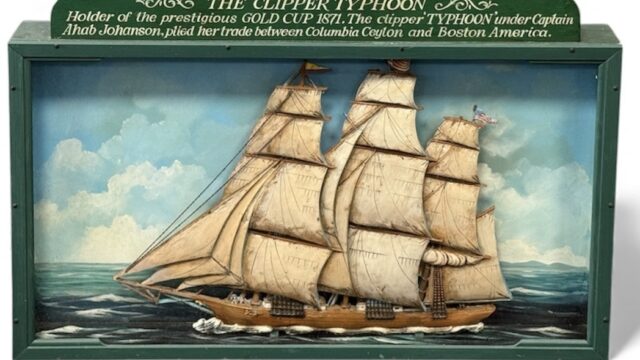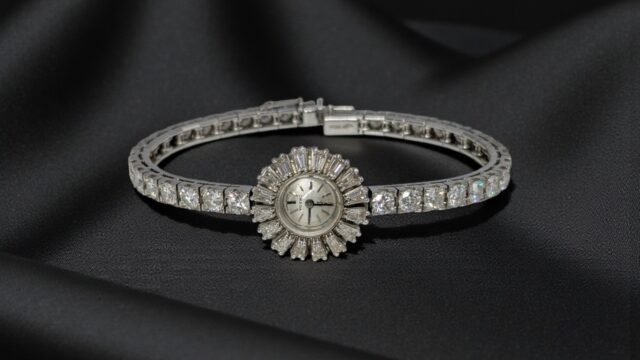Jaeger LeCoultre 'Atmos' Clocks
Imagine having a clock that keeps perfect time but never needs winding…… the dream of the perpetual motion. This was the driving force for a number of pioneering inventors from around the turn of the 17th Century who were investigating using changes in atmospheric pressure and temperature as a power source for clocks.

















Dutch engineer and inventor, Cornelis Drebbel was the first to invent a mechanism using temperature to power a clock. He only made 18 models, one of which belonged to James I and was known as the Eltham Perpetuum
Today’s Atmos clocks have been manufactured by Jaeger LeCoultre (JLC), since 1935.
They use the chemical property of ethyl chloride which vaporises and condenses within an hermetically sealed expansion chamber or bellows, according to atmospheric and temperature fluctuations. You may want to read that again!
But the science continues for the moment... the movement of the tube compresses and slackens a spiral spring which winds the mainspring which powers the pendulum. Tiny changes in temperature or pressure are sufficient to wind the low friction torsion pendulum for days on end.
Despite variations in design and complications (calendars, moon phases, zodiacs etc) throughout the years, the original mechanical principle remains the same today in every Atmos.
The first so-called “Atmos” clock was not invented until 1928 by a Swiss engineer, Jean-Leon Reutter, who used temperature changes to affect the level of mercury in a glass expansion device to drive a torsion pendulum. This prototype was developed by Compagnie General de Radio (CGR) in France in 1929 who made the first commercial version, Atmos 1, using an ammonia and mercury bellows power source.
Jaeger LeCoultre bought CGR in 1935 and further developed Atmos 1 replacing the mercury/ammonia with ethyl chloride.
Atmos clocks are the classic mantel clock of 20th Century both in terms of science and looks. And the Art deco lines, accuracy, and silent, near perpetual motion have meant that JLC have been able to sell over half a million clocks to date.
The most popular has to be the “Classique” range which has retained the thirties flavour with rectangular clear glazed panels, lacquered brass frame and circular chapter ring.
The market for Atmos clocks is similar to prestigious watches such as Rolex. All models share a sense of immaculate style and prestige but the high prices are dominated by rare models or editions with extra smart looks. Premium prices are also paid if the clock has paperwork and a case, while of course the condition and working order is critical. Prices can start at a few hundred pounds and reach several thousand pounds for rare models.
Below are some examples including a few of which we have sold in the last two to three years but most are examples with estimates should they every come to auction with us.
Atmos clocks can be valued free of charge without obligation. Please contact:
North Wales - Stephen Roberts stephen.roberts@rogersjones.co.uk
South Wales - Philip Keith philip.keith@rogersjones.co.uk
West Wales - Charles Hampshire charles.hampshire@rogersjones.co.uk




